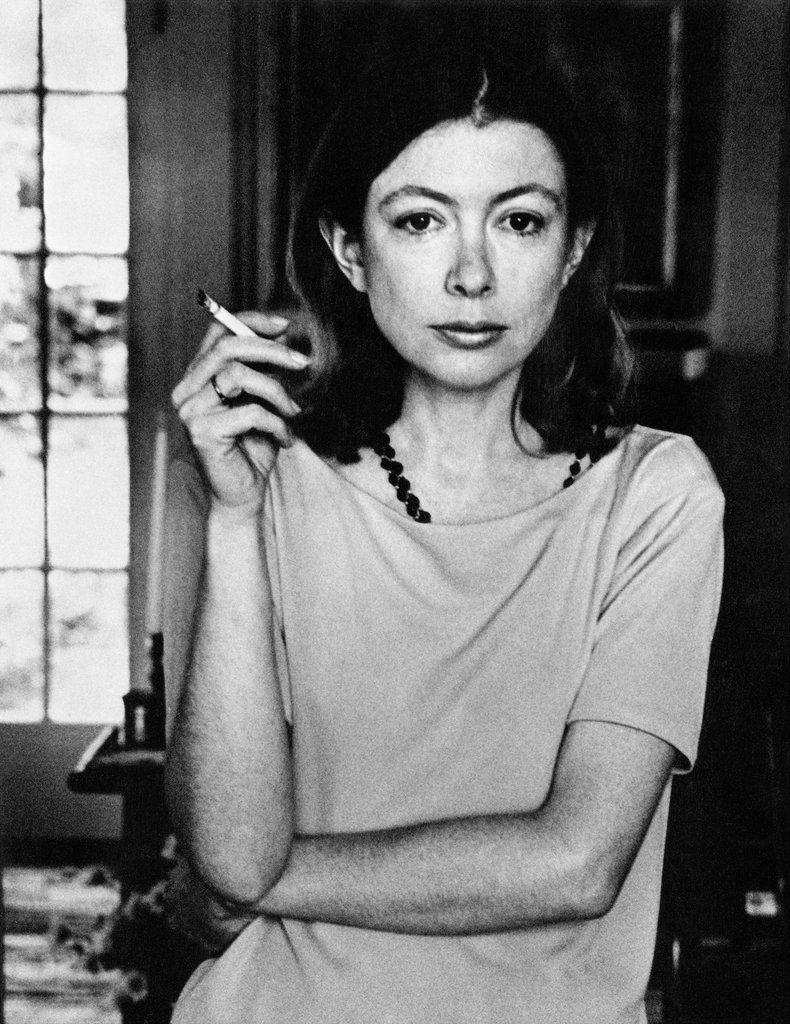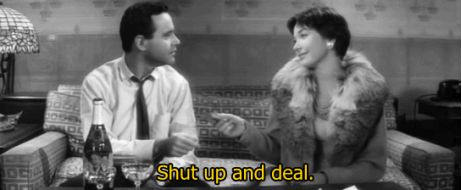Archive | Film Matters
‘Wag the Dog’ Still Wags the Dog
 When “Wag the Dog” hit theaters on Christmas 1997, nothing could have seemed more cleverly prescient. About a fake war staged to draw focus from a first-term U.S. president’s sex scandal, the film was released a month before then-President Clinton was accused of having sex with intern Monica Lewinsky and an Al-Shifa pharmaceutical factory in Sudan was subsequently bombed by the U.S. Viewed ten years later, this dark comedy seemed even more relevant. Though the world was verging on an economic meltdown after the collapse of the subprime mortgage market, the media was distracted by Britney Spears’ nervous breakdown and Brangelina’s growing brood. Only today does this adaptation of Larry Beinhart’s novel American Hero read as depressingly dated — if only because we have entered a new era of fake news and governmental deception. Continue Reading →
When “Wag the Dog” hit theaters on Christmas 1997, nothing could have seemed more cleverly prescient. About a fake war staged to draw focus from a first-term U.S. president’s sex scandal, the film was released a month before then-President Clinton was accused of having sex with intern Monica Lewinsky and an Al-Shifa pharmaceutical factory in Sudan was subsequently bombed by the U.S. Viewed ten years later, this dark comedy seemed even more relevant. Though the world was verging on an economic meltdown after the collapse of the subprime mortgage market, the media was distracted by Britney Spears’ nervous breakdown and Brangelina’s growing brood. Only today does this adaptation of Larry Beinhart’s novel American Hero read as depressingly dated — if only because we have entered a new era of fake news and governmental deception. Continue Reading →
The Cinematic Melancholy of St. Joan Didion
 Eighty-three today, Joan Didion is inarguably old. But even in photos of the writer as a much younger woman, you can see something ancient and knowing that juxtaposes sharply with the youth culture of mid-twentieth century America. It’s a quality that distinguishes her work as much as her uncluttered, unflappable prose, and it makes her, to date, cinema’s most untapped natural resource.
Eighty-three today, Joan Didion is inarguably old. But even in photos of the writer as a much younger woman, you can see something ancient and knowing that juxtaposes sharply with the youth culture of mid-twentieth century America. It’s a quality that distinguishes her work as much as her uncluttered, unflappable prose, and it makes her, to date, cinema’s most untapped natural resource.
It’s surprising that more of Didion’s books haven’t been adapted to screen, especially since she has worked many times as a screenwriter, usually with her husband, the late author and journalist John Gregory Dunne. All in all, Didion and Dunne co-wrote at least eight screenplays – more, if you count the ones they reportedly massaged without credit. In 1972, they adapted her own book, Play It as It Lays, though she has said in interviews she wishes the resulting film were better. (Few disagree.) There also was the 1971’s druggie romance “Panic in Needle Park”; the extremely furry 1976 reboot of 1954’s “Star Is Born” (itself a reboot of a 1937 classic); and the 1996 Robert Redford-Michelle Pheiffer journalist romance “Up Close & Personal,” loosely based on the life and death of TV reporter Jessica Savitch. What’s most surprising is this filmography’s soapiness. With few exceptions, the story arcs go along the lines of: Couple falls in love, life caves in on couple. Continue Reading →


